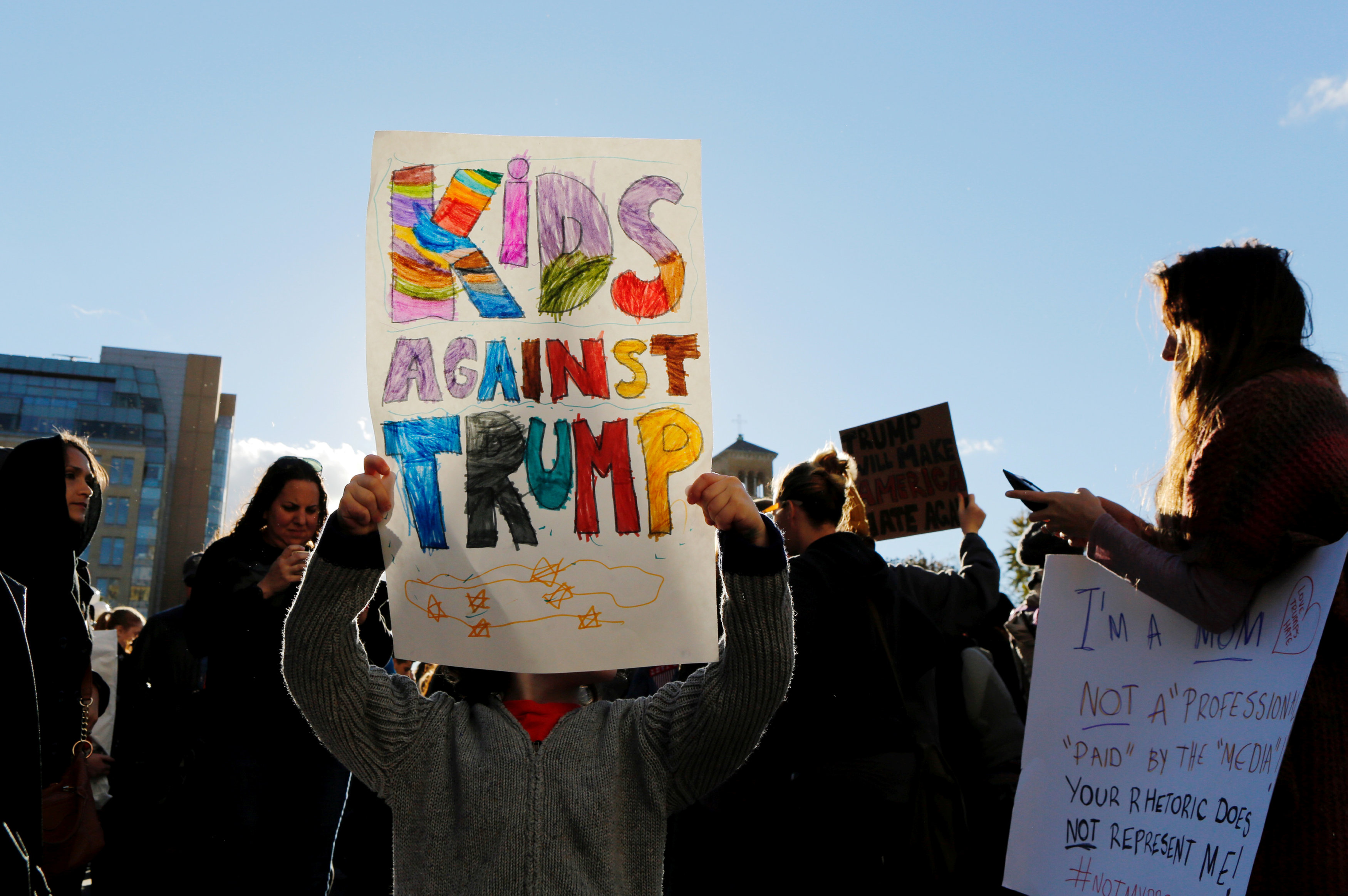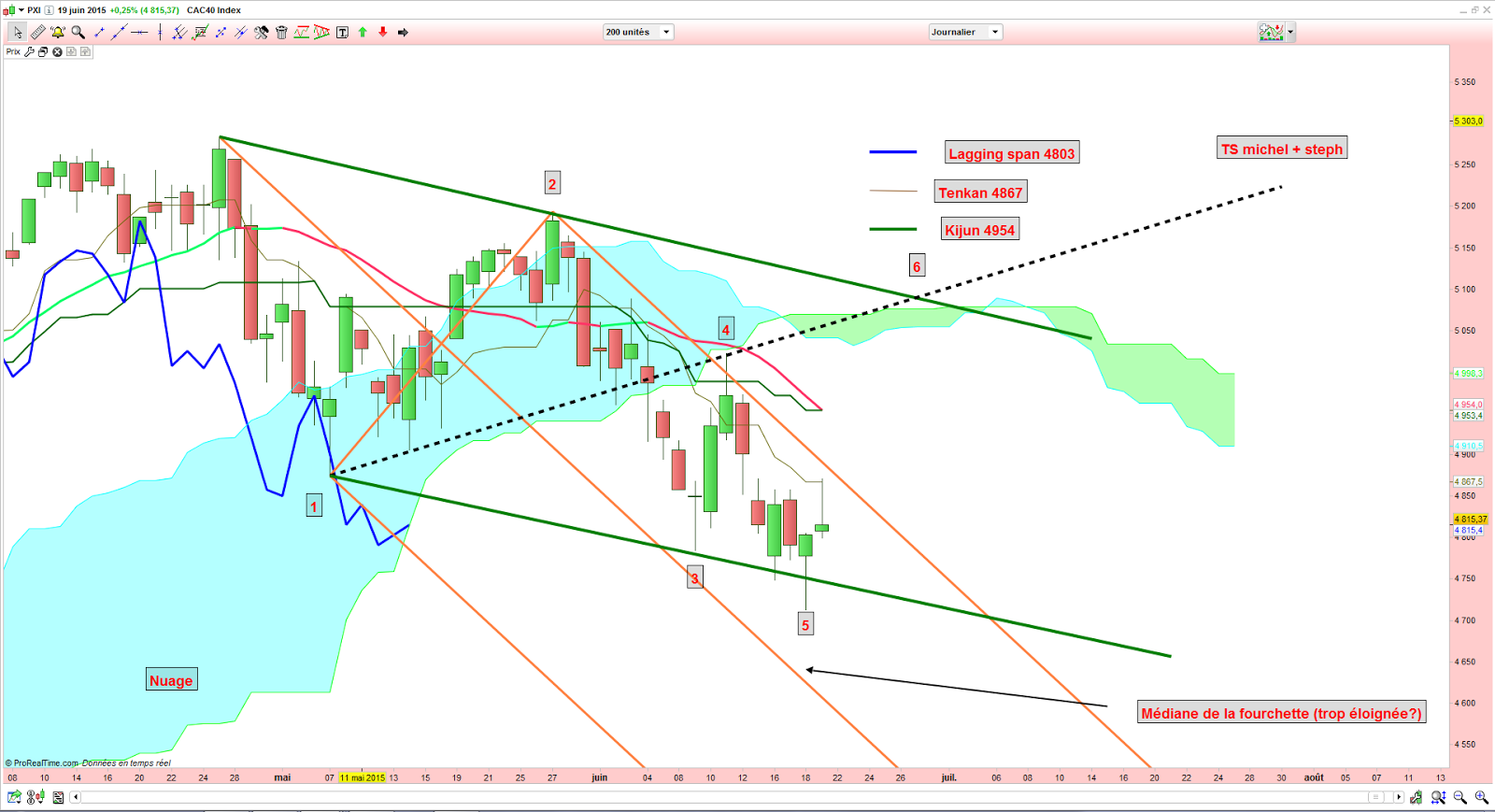Examining The Anti-Trump Protests Sweeping The US

Table of Contents
The Roots of Anti-Trump Sentiment
The widespread anti-Trump sentiment fueling these protests stems from a convergence of factors, including significant policy disagreements, concerns about his leadership style, and anxieties surrounding the erosion of democratic norms.
Policy Disagreements
Many protesters voiced strong opposition to specific policies enacted or championed by the Trump administration.
- Immigration: The "zero tolerance" policy at the border separating the US and Mexico, the travel ban targeting several Muslim-majority countries, and the administration's overall approach to immigration sparked widespread outrage and fueled numerous protests.
- Healthcare: The attempts to repeal and replace the Affordable Care Act (ACA), leading to fears of reduced healthcare access for millions, were a major source of contention. Polling data consistently showed significant public disapproval of these efforts.
- Climate Change: The Trump administration's withdrawal from the Paris Agreement on climate change and its rollback of environmental regulations ignited protests from environmental activists and concerned citizens alike. Numerous studies documented the negative consequences of these policies on the environment.
These policies, perceived by many as harmful and unjust, served as powerful catalysts for the anti-Trump protests.
Concerns about Trump's Leadership Style
Beyond specific policies, many critics voiced deep concerns regarding Trump's leadership style.
- Authoritarian Tendencies: Critics pointed to instances where Trump appeared to undermine democratic institutions and norms, including his frequent attacks on the press and the judiciary.
- Divisive Language: Trump's rhetoric was often described as divisive and inflammatory, exacerbating existing societal tensions and contributing to a climate of polarization. Examples include his use of derogatory terms for certain groups and his frequent deployment of inflammatory language on social media.
- Lack of Transparency: Accusations of a lack of transparency and accountability within the Trump administration further fueled public distrust and contributed to the protests.
Political scientists and commentators widely documented and analyzed these aspects of Trump's leadership, highlighting their detrimental effects on American democracy.
Erosion of Democratic Norms
A significant concern underlying the anti-Trump protests was the perceived erosion of democratic norms and the rule of law.
- Challenges to Election Results: The challenges to the results of the 2020 presidential election, culminating in the January 6th Capitol riot, were viewed by many as a direct attack on the democratic process.
- Attacks on the Judiciary: Frequent attacks on the judiciary and attempts to influence judicial decisions raised concerns about the independence of the judicial branch.
- Suppression of dissent: Critics pointed to instances of attempts to suppress dissent and limit freedom of speech.
These actions, documented in numerous news reports and legal cases, fueled anxieties about the future of American democracy and galvanized participation in anti-Trump protests.
Geographical Distribution and Demographics of Protests
The anti-Trump protests were not confined to a single region but spanned the country, demonstrating a widespread dissatisfaction.
Where are the Protests Taking Place?
Significant protest activity occurred in major cities across the US, including:
- New York City
- Los Angeles
- Chicago
- Washington D.C.
- San Francisco
While major cities saw the largest demonstrations, protests also took place in smaller towns and cities across numerous states, reflecting a nationwide sentiment. Mapping these protests reveals a geographically diverse, yet concentrated, pattern of opposition.
Who is Participating?
The demographic makeup of the protesters was diverse, although certain groups were more prominently represented.
- Age: Protesters spanned a wide range of ages, with a significant presence of younger people and older activists.
- Race and Ethnicity: Participants represented a diverse range of racial and ethnic backgrounds, reflecting the multicultural nature of the US.
- Gender: Both men and women were actively involved in the protests.
- Socioeconomic Background: Protesters came from various socioeconomic backgrounds, although a significant portion appeared to come from middle and upper-middle-class backgrounds.
- Political Affiliation: While predominantly composed of Democrats and left-leaning independents, the protests also attracted individuals from across the political spectrum who shared concerns about specific policies or Trump's conduct.
Analyzing participant demographics reveals a broad coalition united by shared concerns, although specific motivations varied depending on individual circumstances.
The Impact of Anti-Trump Protests
The anti-Trump protests had a significant impact, both politically and socially.
Political Influence
The protests may have influenced political outcomes in several ways:
- Policy Changes: While not directly causing policy reversals, the protests may have put pressure on policymakers to reconsider certain approaches.
- Electoral Outcomes: The mobilization of voters and the heightened political engagement spurred by the protests may have influenced election results in some instances.
- Public Opinion: The protests helped shape public opinion by raising awareness about various issues and contributing to a broader national conversation.
Academic studies analyzing the impact of protests on policy and elections suggest a correlation between high levels of protest activity and shifts in public opinion and political action.
Social and Cultural Impact
Beyond politics, the protests had a significant social and cultural impact:
- Mobilization of Activism: The protests fostered a sense of civic engagement and inspired individuals to become more politically active.
- Fostering Political Discourse: The protests spurred conversations about crucial political and social issues, leading to increased awareness and a more robust public discourse.
Quotes from activists and participants highlight the empowering feeling of collective action and the belief that their participation made a difference.
Conclusion: Understanding the Significance of Anti-Trump Protests
The anti-Trump protests were driven by a diverse range of concerns, including policy disagreements, anxieties about his leadership style, and fears of a decline in democratic norms. These protests spanned the country geographically and included a diverse group of participants united in their opposition. Their impact on the political landscape and American society is significant, fostering political engagement and shaping public discourse. To fully understand the complexities of the current political climate, it's vital to stay informed about anti-Trump protests and the broader anti-Trump movement. Engage in peaceful political action and understand the driving forces behind this significant chapter in American history. Remaining informed about anti-Trump protests is crucial for understanding the evolving political landscape of the United States.

Featured Posts
-
 Alerte Trader Seuils Techniques Incontournables Sur Les Marches Et Les Valeurs
Apr 23, 2025
Alerte Trader Seuils Techniques Incontournables Sur Les Marches Et Les Valeurs
Apr 23, 2025 -
 Diamondbacks Edge Out Brewers In 5 2 Victory
Apr 23, 2025
Diamondbacks Edge Out Brewers In 5 2 Victory
Apr 23, 2025 -
 Solutions 30 Analyse Boursiere Et Perspectives Haussieres
Apr 23, 2025
Solutions 30 Analyse Boursiere Et Perspectives Haussieres
Apr 23, 2025 -
 Ai Transforms Repetitive Scatological Documents Into Insightful Podcasts
Apr 23, 2025
Ai Transforms Repetitive Scatological Documents Into Insightful Podcasts
Apr 23, 2025 -
 World Series Dave Roberts On The Impact Of A Crucial Hit
Apr 23, 2025
World Series Dave Roberts On The Impact Of A Crucial Hit
Apr 23, 2025
